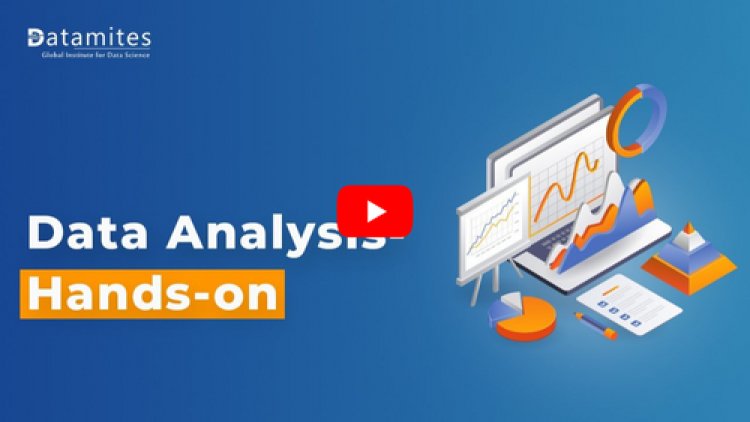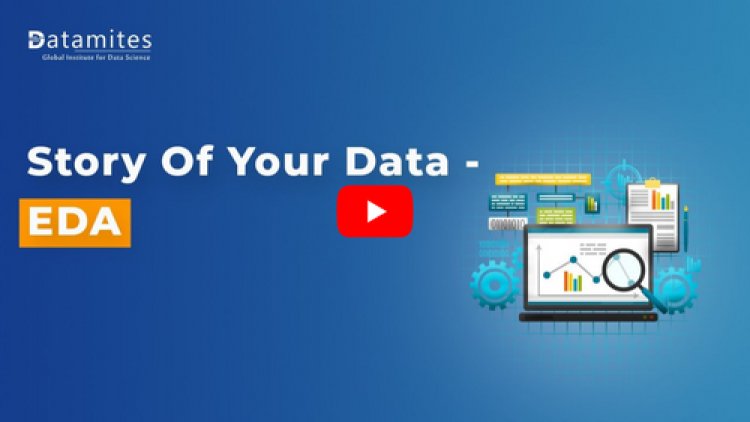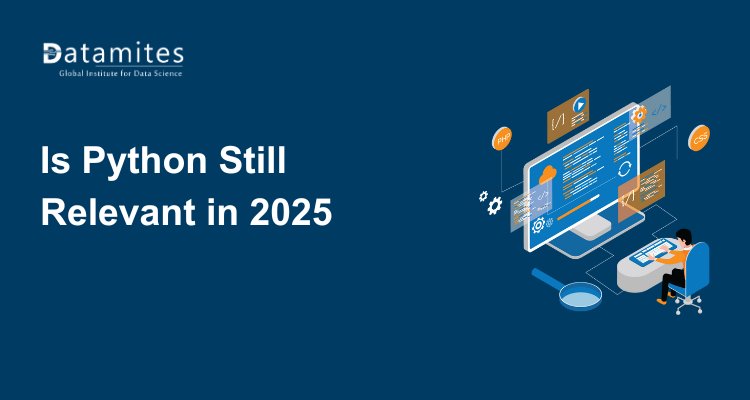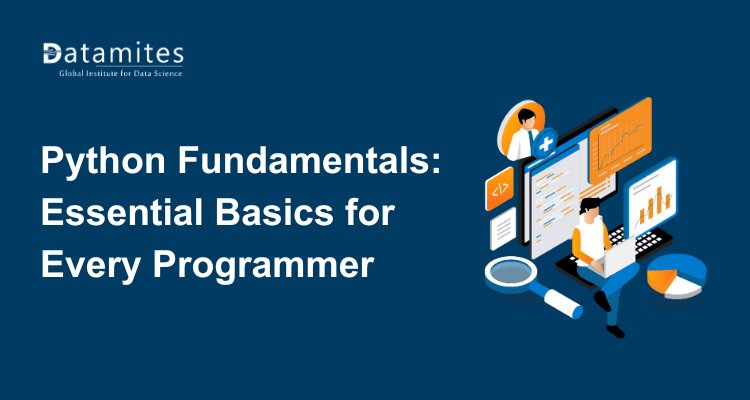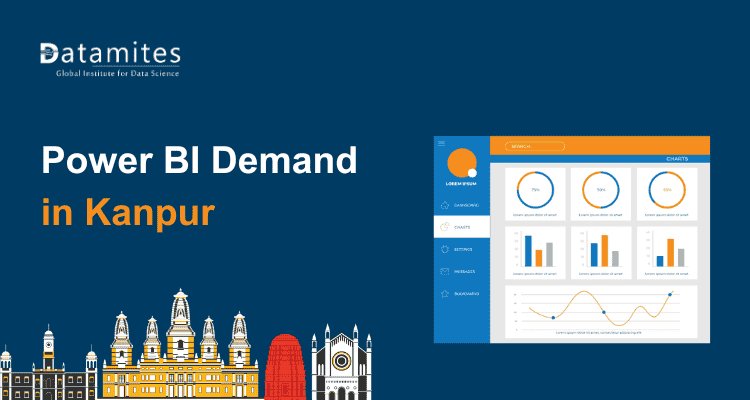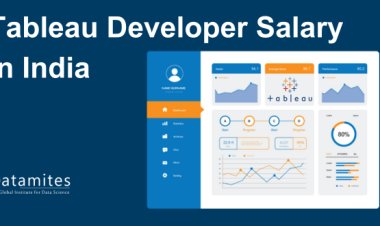How is Data Analytics Influencing the Educational Sector?

The emergence of data analytics in education has completely changed the nature of the field and unlocked a world of cutting-edge technological innovations that have fundamentally altered the way that traditional teaching and learning are conducted. The use of data analytics in education is currently having a profound impact on student achievement. The innovative changes made to the infrastructure and system of the previously prevalent educational technique, this has increased students’ creative abilities as well as their excitement for learning.
Do you think that data analytic trends actually work that well, and can they genuinely change the educational technology sector?
What is data analytics?
To proceed with our explorative journey into data analytics, it is fundamentally an act of looking at datasets in order to draw inferences. This could entail spotting trends, patterns, and even connections to make future event predictions. As a result, data analytics can help you analyze client behavior, make smarter business decisions and even enhance operations!
It’s true to say that the pandemic has served as a warning for many firms all over the world, thanks to the knowledge gained from information, new possibilities have arisen. Now, business owners are starting to recognize the value of this wealth of knowledge and ways to promote success. The power of data technology is now visible to different industries, so it is no longer just the domain of big businesses.
Educational institutions have also chipped in, adopting data analytics and leveraging predictive modeling, which has had a huge impact on how the institutes work. New methods of learning, teaching, and assessment are made possible by data analytics trends that are altering the EdTech industry at a large scale.
Refer this article: Support Vector Machine Algorithm (SVM) – Understanding Kernel Trick
Data Analytics in Education
In response, the educational technology sector is repetitively transforming and changing as new tools and techniques are getting introduced. One of the most recent breakthroughs in the domain is data analytics, which can assist teachers in determining areas where students are having difficulty and require support. Additionally, data analytics may be utilized to monitor student motivation and engagement, which can assist teachers in optimizing their teaching techniques.
The use of data analytics in education is getting bigger, and over the next two years, it is anticipated to soar higher, be widespread, and be adopted as per Gartner’s 2021 Hype Cycle of Higher Education. Subsequently, organizations today have a rare chance to learn how to implement analytics effectively inside their own structures and establish the foundation for success as the technology is taken up by more and more businesses.
The onset of data analytics has markedly changed the nature of the educational industry and unlocked a world of cutting-edge technological paradigms that have fundamentally altered the manner in which traditional teaching was conducted. Data analytics are already permeating every aspect of the educational system, producing ground-breaking outcomes. The success of educational interventions, personalized learning for students, and finding and filling in learning gaps are all advantages of data analytics in education. Let’s get to some of them in detail.
Read this article: Understanding Auc Roc Curve
Arming students
Teachers can execute more effective lesson plans that are participatory and beneficial if they have an organized overview of structured as well as unstructured data. By promptly and consistently attending to the student’s needs, teachers can empower learners to make connections across various courses and boost their learning opportunities.
Educational data mining
With this strategy, we can create predictive models for recognizing students who are at risk of failing in any subject and support teachers in delivering interventions to help them succeed.
Adaptive content and intelligent curriculum
We can create as many curricula as we have pupils by using their data. It is feasible to create a recommendation system based on the preferences (and abilities) of the students, allowing them to choose from a variety of approaches to learning the same material.
Assessing student success
Make a prediction regarding the student’s ability to learn about any course or general facts about your university.
Enhance Learning Results with Custom Modules
With tailored courses, data analytics can improve students’ academic progress and personal growth.
Facilitates Teachers’ Understanding of Their Students
Teachers can better understand the student’s interests and try to improve their learning experience with the use of data acquired from behavior analysis and other evaluations. A data-driven education system aids institutional mentors in planning and creating academic experiences and study curricula that are tailored to each student’s abilities, learning styles, preferences, and academic achievement. The teachers are able to receive individualized feedback on each student’s performance as well as that of the entire class, and they can change their teaching style to better meet the needs of each student.
Classifying students
Find out which learning format results in the most effective and productive pupils using the pertinent data that has been obtained. Additionally, knowing the information can help students have a better academic experience overall.
Statistical models
Are used to predict the class grade averages of the pupils. Denoting to the instructor that the students will need to put in more effort to achieve the desired grade, the model predicts a student’s CGPA based on the data it has collected. This model also helps teachers take a closer look at the level of competence a student has in a particular subject.
Also read this article: 10 Python Built-in Functions
Higher Efficiency
By assisting them in identifying areas for improvement, data analytics can help EdTech organizations become more productive in their daily operations. Data analytics, for instance, can assist businesses in determining the most lucrative aspects of their operations and those that require further development.
Elevated Decisiveness
By supplying them with knowledge of the behavior of their clients, data analytics can also assist EdTech companies in making better decisions. Making judgments regarding The services to offer and how to sell them can be aided by this.
Better Customer Insights
In order to better understand their clients, EdTech companies can benefit from data analytics thereby being able to produce those services and goods that are likely to suit the wants of their clients.
Greater Safety
By guiding them in locating potential security flaws and addressing them, data analytics can assist EdTech organizations in enhancing their security systems.
Higher revenue
Data analytics can benefit the EdTech industry by raising its revenue by facilitating the initiation of new potential growth opportunities.
Better perception of students
By giving them perspectives on how students learn and act, data analytics can aid EdTech companies in getting a clearer picture of the student’s needs. This will facilitate the growth of businesses structurally and financially through the development of students by meeting their needs.
Data Analytics to Identify the Best Teaching Methods
To monitor and display each student’s educational and behavioral patterns, data analytics can be effectively used. Teachers can evaluate the data gathered and utilize it to learn more about how the most successful students at the institution behave and operate. The data is evaluated to identify the most effective teaching strategies, and the remaining students are then urged to use these strategies and approach their studies similarly in conducive to pulling off the top-drawer academic success.
Learn Data Analysis with the Help of Python
Learning outcomes
Student learning outcomes are among the core areas in which analytics may be used to promote success. Data analytics software can be used to find engagement possibilities for student assistance, establish individualized development plans, and provide important insights into how the curricula can be made effective.
Enrollment Process
The enrollment process is a critical area in which data analytics thrives in education. Data analytics enables universities to be more strategic in their enrollment process by linking information gathered with the success of their marketing and recruiting initiatives in luring new students.
Even in a time of intense competition and low enrollment, institutions employ predictive analytics to support retention efforts, improving conversion rates and raising retention.
Operational Effectiveness
The application of data analytics can significantly augment the efficiency of an education institution/EdTech company as a whole. Utilizing data analytics insights can help get a better understanding of the pupils and alter the company’s financial outlook. The time of logging in and out for each student as well as the teacher can be accurately and excellently monitored with data analytics. It is even possible to deploy a tool based on intelligent data analytics to track student’s attendance in the library, gym, and other spaces.
Predicting future
Data analytics-driven education programs help mentors and organizations acquire a thorough understanding of a student’s academic development as well as a determination of the student’s strengths and weaknesses. On the basis of the performance statistics collected through data analytics, it is possible to effectively use data analytics to identify students who are at risk of failing and then guide them toward choosing a course of action that will lead to academic success.
What is Exploratory Data Analysis
Participatory pedagogy and Data Analytics
Data analytics-driven educational environments make it easier to keep professors, teachers, students, assistants, and everyone else working together on various projects on the same platform. Utilizing data analytics effectively and efficiently for the integration of pedagogy and technology aids in the creation of a cohesive, analytical, and forcefully driven ecosystem that allows for the real-time interchange of skills and knowledge.
Evaluating academic performance
Data analytics can be effectively used to monitor how technology, devices, hardware, and software are used throughout the course of the day. The results can then be evaluated to see which technology performs the best. The most efficient way to help instructors is using data analytics, which can be used to understand and analyze how pupils acquire and process information. Utilizing data analytics, competency-based learning may be created so that each student can work at their own speed and achieve academic success.
End Note
As per ResearchAndMarkets, the global market for big data analytics in the educational sector is projected to raise to $47.82 billion by the year 2027 with a market growth of 20.79% CAGR during the forecast period. Predictions are that whilst data analytics is still in its early stages, educational institutions ought to welcome it with open arms since, this domain is ultimately going to revolutionize the way that education is delivered.
Now you may learn and master data analytics from the basics through DataMites Data Analytics Training which is offered in collaboration with internationally recognized IABAC, JainX, and NASSCOM. DataMites also provides courses in data science and related technologies like artificial intelligence, data engineer, and python. Learn data analytics from professionals in the field through DataMites to get ready for this fascinating, expanding career!
What is HR analytics?

